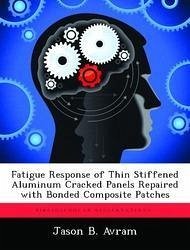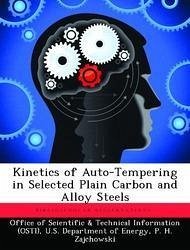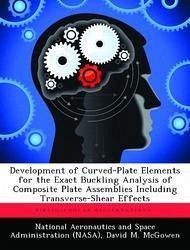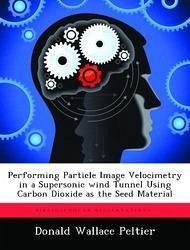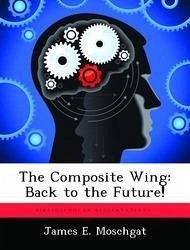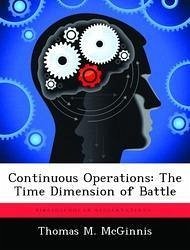
The Oxidation Kinetics of Continuous Carbon Fibers in a Cracked Ceramic Matrix Composite
Versandkostenfrei!
Versandfertig in über 4 Wochen
53,99 €
inkl. MwSt.

PAYBACK Punkte
27 °P sammeln!
Experimental observations and results suggest two primary regimes as a function of temperature, i.e., diffusion and reaction controlled kinetics. Thermogravimetric analysis of carbon fiber in flowing oxygen gave an activation energy of 64.1 kJ/mol in the temperature range of 500 to 600 C and an apparent activation energy of 7.6 kJ/mol for temperatures from 600 to 1400 C. When C/SiC composite material was unstressed, matrix effects at temperatures from 900 to 1400 C protected the internal fibers. When under stress, self-protection was not observed. Increasing the stress from 10 to 25 ksi caused...
Experimental observations and results suggest two primary regimes as a function of temperature, i.e., diffusion and reaction controlled kinetics. Thermogravimetric analysis of carbon fiber in flowing oxygen gave an activation energy of 64.1 kJ/mol in the temperature range of 500 to 600 C and an apparent activation energy of 7.6 kJ/mol for temperatures from 600 to 1400 C. When C/SiC composite material was unstressed, matrix effects at temperatures from 900 to 1400 C protected the internal fibers. When under stress, self-protection was not observed. Increasing the stress from 10 to 25 ksi caused a 67 to 82 percent reduction in times to failure at temperatures from 750 to 1500 C. Based on experimental results, observation, and theory, a finite difference model was developed, which simulates the diffusion of oxygen into a matrix crack that is bridged by carbon fibers. The model allows the influence of important variables on oxidation kinetics to be studied systematically, i.e., temperature, reaction rate constant, diffusion coefficient, environment, and sample geometry.






